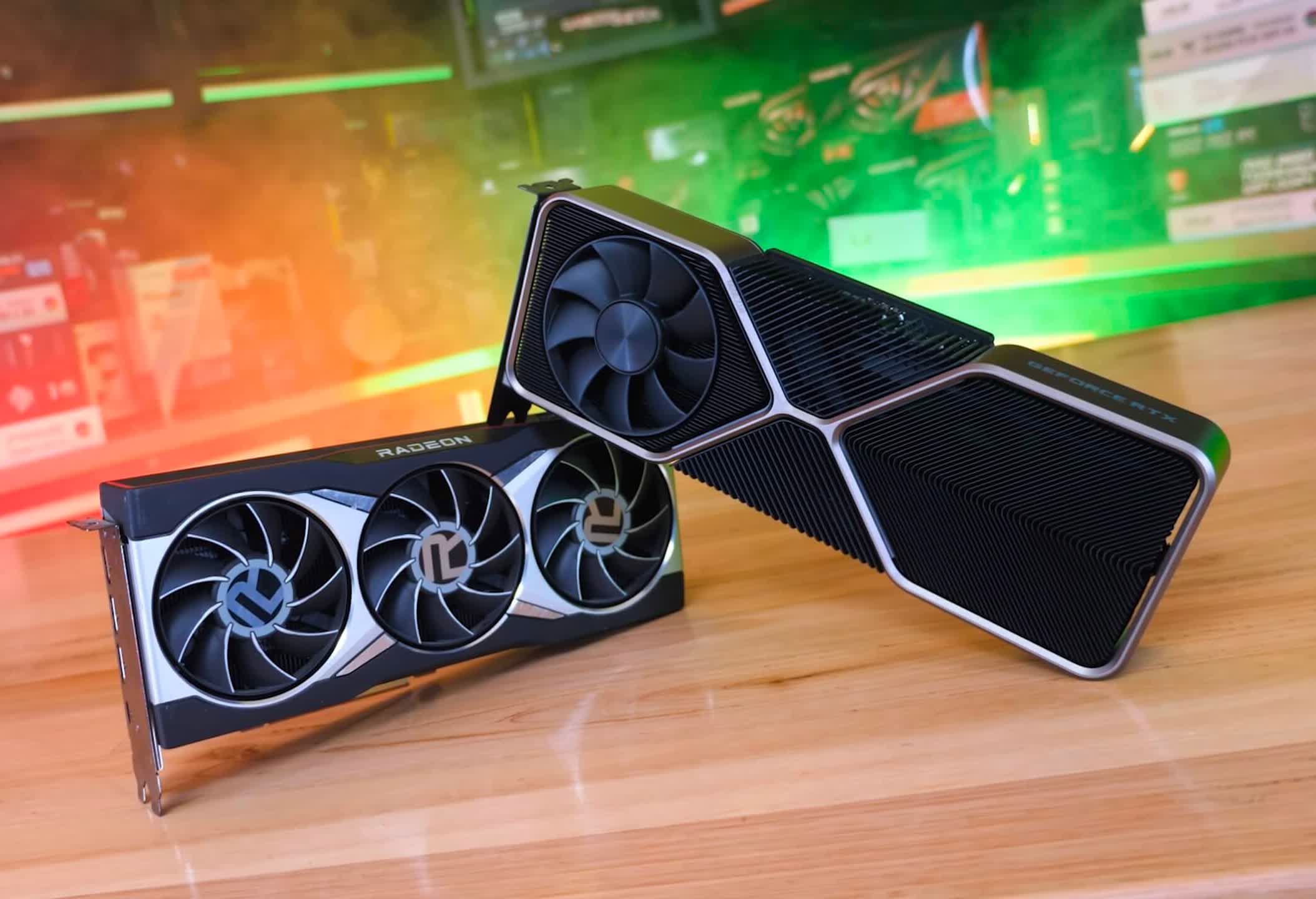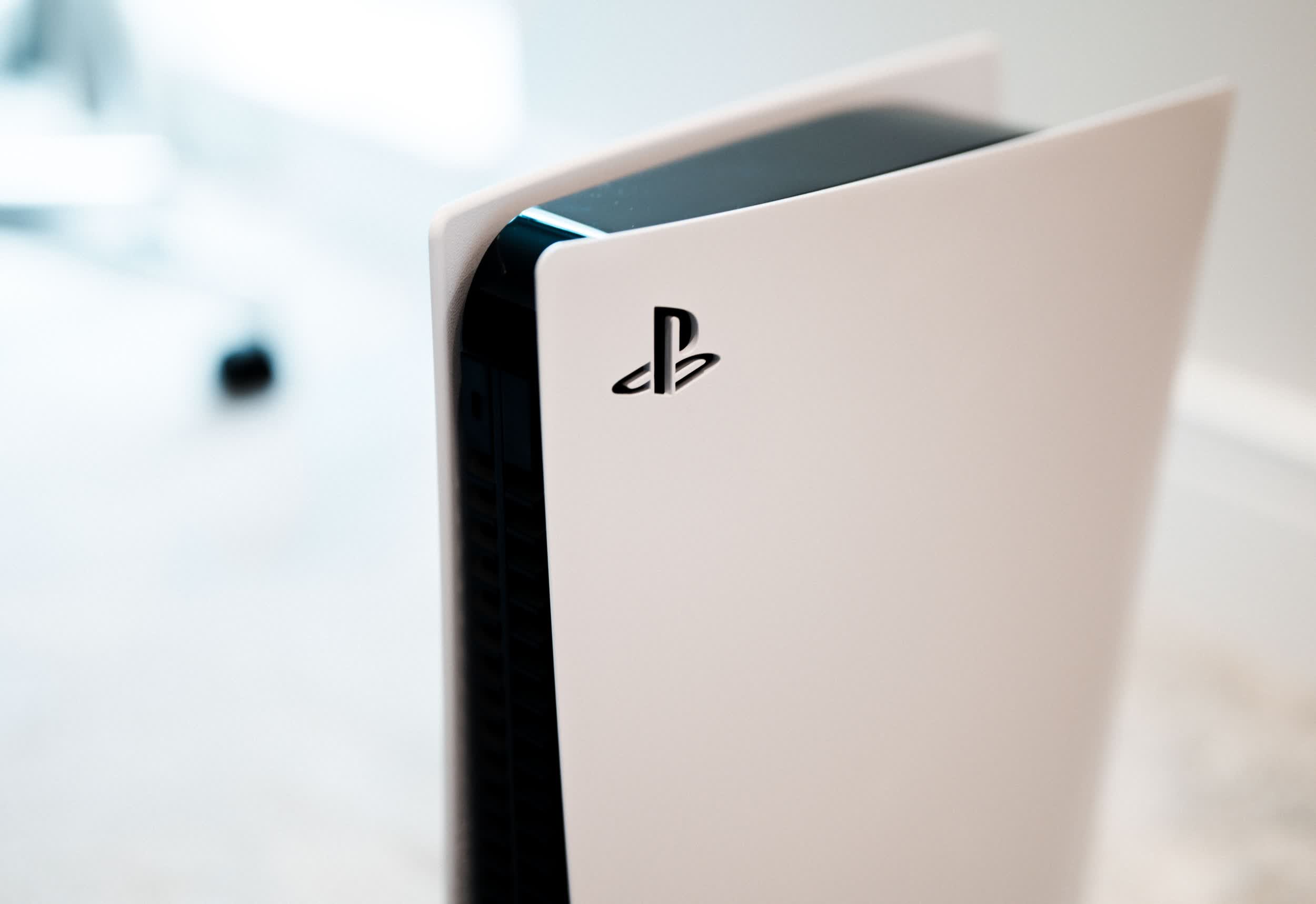The big picture: Discussions on the competition between Nvidia and AMD usually acknowledge Team Green as the more successful of the two PC gaming graphics giants. However, the distance between them changes depending on which businesses you focus on, as neither company only sells GPUs.

Examining the Q4 2022 financials from Nvidia and AMD reveals that despite Team Green's perceived significant lead, Team Red is only 11 percent behind in total gaming revenue. Nvidia took a significantly harder hit in that sector than AMD.
Both companies recently published year-end 2022 reports showing strikingly similar fourth-quarter gaming revenue. While Team Green's income in that sector took a 46 percent year-over-year hit for $1.8 billion, Team Red's only fell seven percent to $1.6 billion.
The fiscal year totals show a more significant difference between the two companies. Interestingly, gaming sector revenue swung in opposite directions by near equal percentages. Nvidia made $9 billion in gaming in 2022, while AMD took in $6.8 billion. However, the former suffered a 27 percent decline compared to 2021, while the latter grew 21 percent.

These numbers are much closer than the picture from Steam's hardware survey, which has Team Green at 75 percent GPU market share. However, PC graphics only tell part of the story.
Nvidia counts its GeForce NOW cloud gaming service in its gaming revenues, but the real missing piece in the picture is console shipments. Team Red supplies the silicon behind Sony's PlayStation 5 and Microsoft's Xbox Series consoles, while Nvidia only provides for the Nintendo Switch.
Recently-released financials show that, while Nintendo sold more consoles over nine months in 2022 – 14.91 million to Sony's 12.8 million – the NPD Group reports that PlayStation 5 hardware sales generated more North American revenue due to its higher price.
Microsoft doesn't report exact Xbox console numbers, so it's unclear how much it contributes to AMD's bottom line. However, analysts peg the Xbox Series X and S at 17 million units life-to-date, while Sony and Nintendo have their machines at 32 million and 122 million, respectively.
A global economic slowdown affected various tech sectors throughout 2022, including PCs and PC parts, but analysts expect things to turn around in the second half of 2023. That's about when the PC GPU rivals release their latest mid-range cards, which will arguably be the most crucial members of Nvidia's GeForce RTX 4000 series and AMD's Radeon RX 7000 series.
https://www.techspot.com/news/97726-amd-gaming-revenue-last-quarter-came-almost-within.html